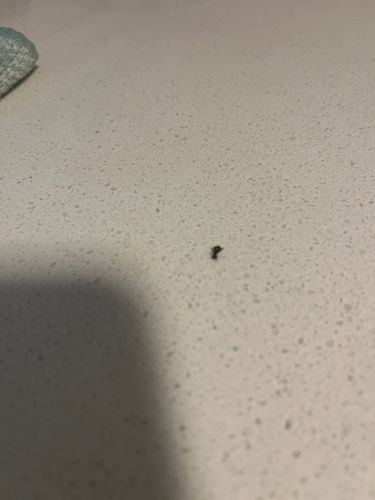Cockroach Nymph
Scientific Name: Varies depending on the species (e.g., Blattella germanica for German cockroach, Periplaneta americana for American cockroach)
Order & Family: Blattodea (Order), Blattidae/Blattellidae/Blaberidae (Family - specific family depends on species, but common pest species are usually in these families)
Size: Approximately 1/8 to 1/2 inch (3-13 mm) for nymphs, varying by species and developmental stage. Adults can be much larger.

Natural Habitat
Warm, humid, and dark environments, often indoors in kitchens, bathrooms, basements, and sewer systems. They thrive in areas with access to food and water.
Diet & Feeding
Omnivorous scavengers. They will eat almost anything, including food scraps, decaying matter, starches, sweets, grease, and even non-food items like glue, soap, and book bindings.
Behavior Patterns
Typically active at night (nocturnal) and attracted to light. They are good at hiding in cracks and crevices during the day. Females lay small clutches of eggs in secluded spots.
Risks & Benefits
Potential risks include spreading pathogens (bacteria, viruses, fungi) that can cause food poisoning, dysentery, allergies, and asthma. They can contaminate food and surfaces. Generally, they offer no direct benefits to humans in an indoor environment.
Identified on: 8/28/2025